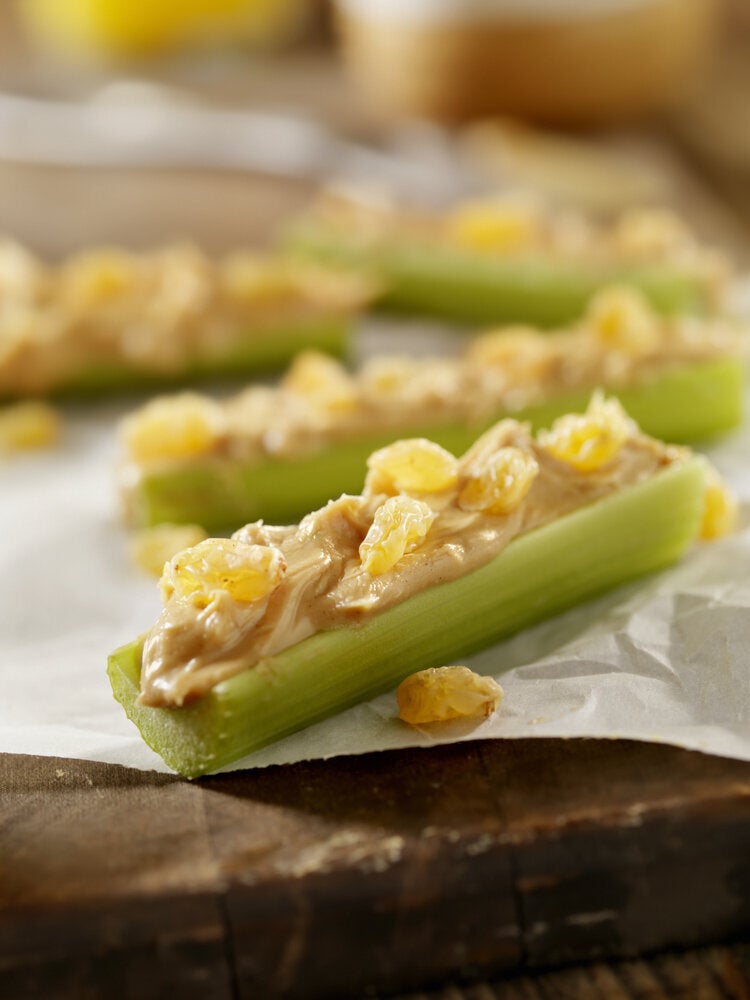With only a few weeks left of summer, parents are already thinking about getting their kids ready for back-to-school. But, there's one thing kids don't need to pack in their backpacks this year: toxic chemicals.
Chemicals with links to cancer and hormone-disruption can hide in back-to-school products like school supplies. Kids are more vulnerable to toxics than adults. So, it's important to help reduce young students' exposure to these chemicals.
Here are some toxic-free back-to-school shopping tips:
1. Choose eco-friendly school supplies
Every year, parents and students head to stores armed with a list of back-to-school supplies that they need to buy. While shopping, let your nose be your guide. Here's why: products like scented markers or crayons use fragrances with ingredients that are not always listed on label. Fragrances can contain phthalates, a group of chemicals that are linked to asthma, risk factors for diabetes, and one type, DEHP, has been classified as a probable carcinogen by the International Agency for Research on Cancer (IARC).
Instead of reaching for the smelly supplies, choose instead non-toxic pencils, crayons, oil pastels and chalk. When buying pens choose scent-free and made from recycled or biodegradable materials whenever possible. Also, keep an eye out for the FSC (Forest Stewardship Council) label on products.
Phthalates can also be found in PVC (polyvinyl chloride), a type of plastic. Plastics marked with the number 3 contain PVC. Plastic covers on binders and spiral notebooks are usually made with PVC, so it's best to choose binders or notebooks made with recycled cardboard or natural fibres or check the label for a "no PVC" marking.
2. Non-toxic clothing chic
If you're planning on buying back-to-school clothes, watch out for stain- or wrinkle-resistant chemicals or pesticide-treated cotton. All of these contain toxics that could rub off on to a child's skin or could be inhaled while worn. Instead, choose clothes made of natural fibres like cotton or wool. Or organize clothing swaps with friends or share hand me downs with other families.
If it's time to buy a new backpack, ones made of natural fibres are best. If you can't find a natural fibre one, check the label to make sure it does not contain PVC.
3. Keep BPA out of your kid's lunchbox
Thankfully, bisphenol A (BPA) was banned by baby bottles in Canada, however, it is still found in other products such as food packaging and the lining of cans. While packing your kids' lunches this year, choose stainless steel containers and water bottles. If you have to purchase plastic containers, choose ones that say "BPA-free" on the label.
It's important that lunch boxes are made of non-toxic materials because they contain the food kids put in their mouth. So, when shopping for a lunch box, choose cotton, BPA-free plastic or unpainted stainless steel. Also, find out how you can reduce the amount of toxic chemicals in the food you buy.
Want more non-toxic tips for this upcoming school year? Sign up for our toxic nation newsletter to receive tips and information all year long.
